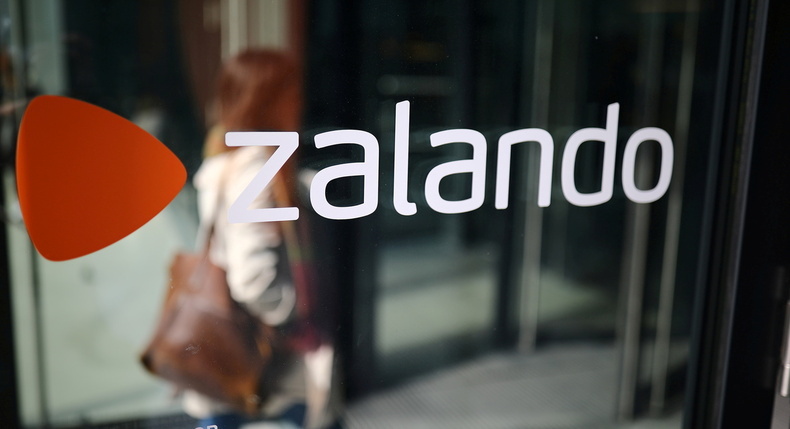Zalando, a versatile online platform offering clothing, footwear, accessories, and beauty products, has felt the impact of reduced online shopping activity following the pandemic-induced surge during COVID-19. This trend has affected not only Zalando but also other e-commerce retailers like ASOS and Boohoo.
As the largest online fashion retailer in Europe, Zalando anticipates ongoing pressure on demand throughout the remainder of the year. Consequently, the company now projects a decline in sales for 2023, a development announced alongside weaker-than-expected third-quarter revenue figures.
Zalando now forecasts a 2023 revenue decrease ranging from 0.5% to 3%, a shift from their previous guidance of a 1% decline at worst and a 4% gain at best. Third-quarter sales, totaling 2.275 billion euros ($2.41 billion), fell short of analysts’ expectations and were down 3.2% compared to the same quarter the previous year.
An unusually warm September further dampened sales, particularly for autumn and winter apparel, exacerbating the impact of subdued consumer sentiment. Notably, the Germany, Austria, and Switzerland region experienced the most significant decline, with sales down by 5.6% during the quarter.
The online apparel segment has been one of the weakest areas for e-commerce retailers in Germany, according to the ecommerce industry association BEVH. Online apparel sales saw a 17.5% drop in the third quarter compared to the same period in the previous year, as reported by BEVH last month.
In response to heightened competition at lower price points from newcomers like Shein, Zalando is focusing on expanding its luxury brand offerings and has introduced a new “boutique-style” space for designer brands.
Although the number of orders declined, Zalando witnessed an increase in the average basket size, rising to 58.9 euros from 56.2 euros compared to the previous year. This suggests that shoppers are opting for higher-value items.
Zalando’s shares have seen a 33% decline in value since the start of the year, and the company’s market capitalization has diminished over the past two years as consumers, no longer restricted by pandemic-related limitations, have returned to physical stores and reduced their online clothing purchases.





